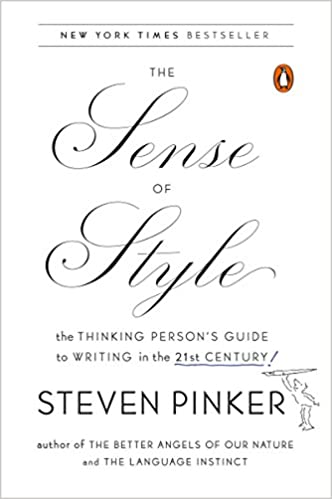When people speak, they often insinuate their intent indirectly rather than stating it as a bald proposition. Examples include sexual come-ons, veiled threats, polite requests, and concealed bribes. We propose a three-part theory of indirect speech, based on the idea that human communication involves a mixture of cooperation and conflict. First, indirect requests allow for plausible deniability, in which a cooperative listener can accept the request, but an uncooperative one cannot react adversarially to it. This intuition is sup- ported by a game-theoretic model that predicts the costs and benefits to a speaker of direct and indirect requests. Second, language has two functions: to convey information and to negotiate the type of relationship holding between speaker and hearer (in particu- lar, dominance, communality, or reciprocity). The emotional costs of a mismatch in the assumed relationship type can create a need for plausible deniability and, thereby, select for indirectness even when there are no tangible costs. Third, people perceive language as a digital medium, which allows a sentence to generate common knowledge, to propagate a message with high fidelity, and to serve as a reference point in coordination games. This feature makes an indirect request qualitatively different from a direct one even when the speaker and listener can infer each other’s intentions with high confidence.
Publications by Year: 2008
2008
Why do compounds containing regular plurals, such as rats-infested, sound so much worse than corresponding compounds containing irregular plurals, such as mice-infested? Berent and Pinker (2007) reported five experiments showing that this theoretically important effect hinges on the morphological structure of the plurals, not their phonological properties, as had been claimed by Haskell, MacDonald, and Seidenberg (2003). In this note we reply to a critique by these authors. We show that the connectionist model they invoke to explain the data has nothing to do with compounding but exploits fortuitous properties of adjectives, and that our experimental results disconfirm explicit predictions the authors had made. We also present new analyses which answer the authors’ methodological objections. We conclude that the interaction of compounding with regularity is a robust effect, unconfounded with phonology or semantics.


